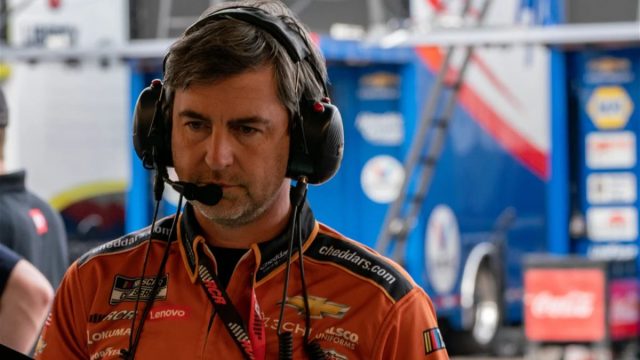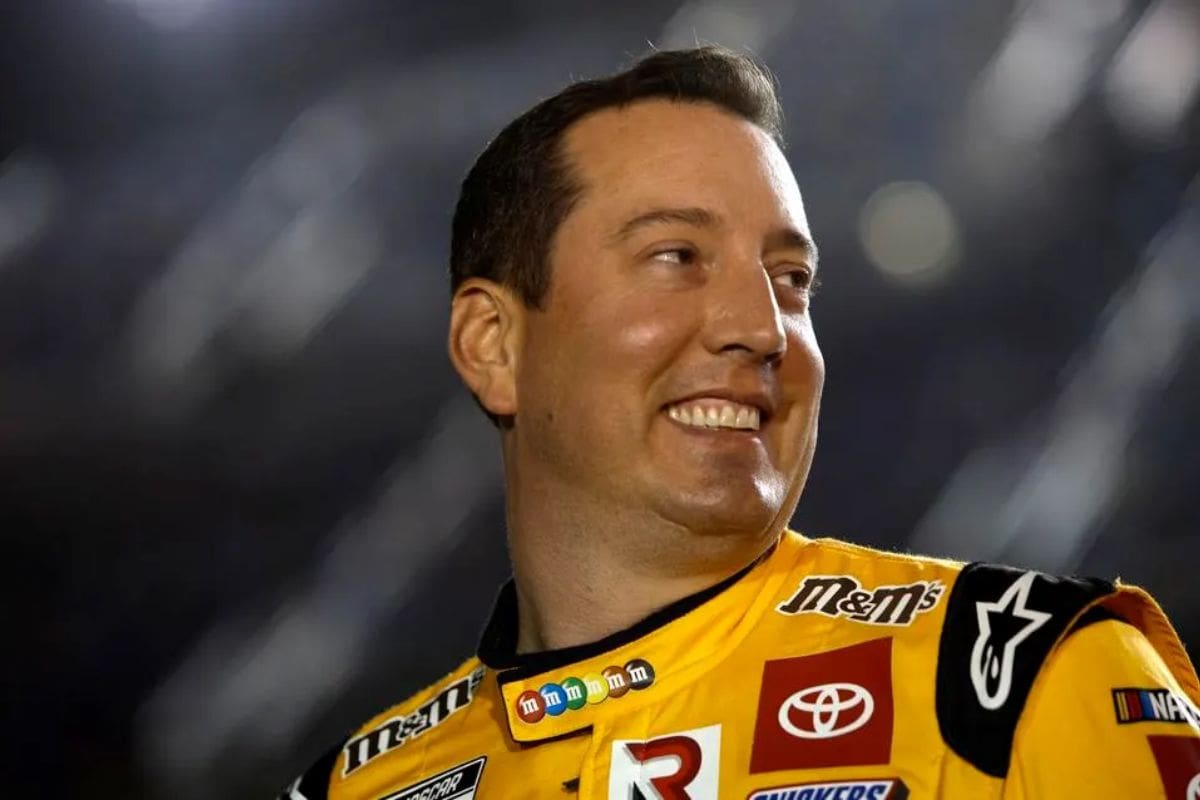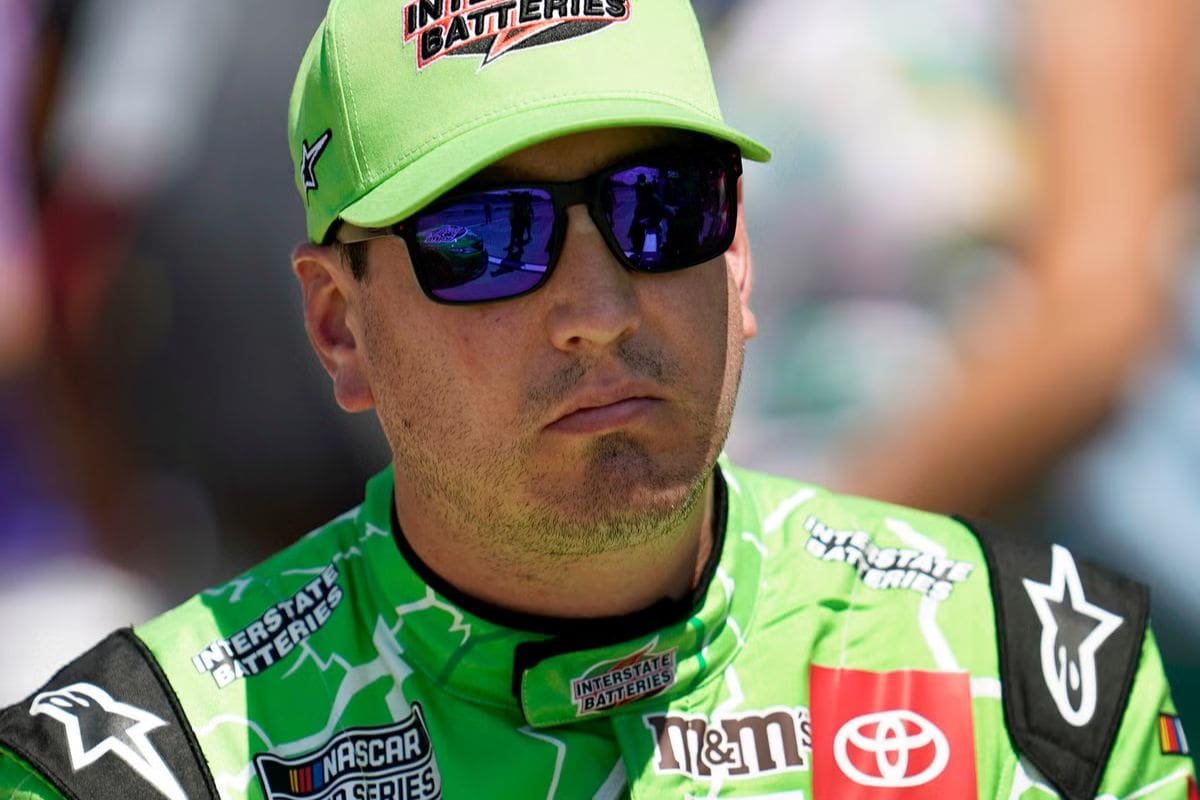Randall Burnett’s Solution: Randall Burnett’s groundbreaking approach to counter NASCAR’s parity trend brings forth a compelling discussion on the balance between technology and traditional racing skills. By demanding for reduced SMT data sharing and a revisited focus on driver expertise and team strategy, Burnett’s solution seeks to diminish the current reliance on performance analytics that has potentially equalized the sport. This paradigm shift not only promises to rekindle the unpredictability and excitement of races but also raises critical questions about the future trajectory of NASCAR’s competitive landscape.
Key Highlights
- Burnett proposes revising technical specifications to encourage innovation and differentiation among teams.
- He suggests limiting the sharing of SMT data to reintroduce unpredictability in races.
- Emphasis on driver skills and unique strategies over standardized equipment is a core part of the solution.
- Burnett aims to foster genuine competition by reducing the equalization of performance metrics.
- Encouraging diverse team strategies can counteract the monotonous racing experience caused by parity trends.
Evolution of NASCAR Racing
The evolution of NASCAR racing has seen a dramatic shift from the days when driver skill and individualized car setups were paramount, to a modern era where standardized equipment and data-driven strategies dominate the sport.
Historically, the skill of NASCAR drivers was not just measured by their ability to navigate the track but also by their ingenuity in optimizing their cars. Custom-built machines, often fine-tuned to the driver’s unique style and preferences, played an important role in securing victories. Drivers and their teams employed a variety of stealth techniques to gain a competitive edge, making each race a display of mechanical creativity and racing expertise.
However, the landscape of NASCAR has evolved significantly. The introduction of the Next Gen race car represents a significant moment in this transformation. Designed for enhanced safety, cost efficiency, and parity, these standardized vehicles have ended the once-prevailing customizations that defined the sport. Each car is now built to the same specifications, which aims to level the playing field and place a greater emphasis on driver ability and team strategy rather than mechanical advantage.
This shift towards uniformity has been further reinforced by the integration of sophisticated data analytics. Teams now rely heavily on real-time telemetry and data analysis to make strategic decisions during races. The reliance on standardized equipment and advanced data analytics has democratized the competition, yet it has also diminished the uniqueness each driver and team once brought to the track.
Impact of SMT Data on Racing
With the advent of SMT data, the landscape of NASCAR racing has been further transformed, as real-time telemetry now offers exceptional insight into drivers’ brake patterns and throttle usage, greatly impacting race strategies and performance differentiation. This advanced data stream enables teams to carefully analyze and optimize their racing tactics, but it also standardizes performance metrics across the board. As a result, the Next Gen car and its standardized components leave minimal room for individual drivers to distinguish themselves through traditional skill sets alone.
The introduction of SMT data has led to a more analytical approach to racing, where data-driven decisions often overshadow instinctual driving abilities. Consequently, the competitive edge that once stemmed from intangible driver skills is now largely influenced by the precise interpretation and application of telemetry data by engineers and crew chiefs.
However, this data democratization means that every team has access to the same wealth of information, effectively neutralizing the potential for any single team to gain a significant advantage. Crew chiefs and engineers find themselves in a bind, as their ability to innovate and differentiate their race cars is constrained by the uniformity of the data available. While this levels the playing field to some extent, it also stifles the creativity that has historically driven the sport’s evolution.
Kyle Busch’s View on SMT Data
Kyle Busch has consistently highlighted his concerns about the widespread impact of SMT data on modern NASCAR racing, emphasizing how it reshapes competitive dynamics and driver ingenuity. Since his initial criticism in 2018, Busch’s worries have only deepened, particularly after his move from Joe Gibbs Racing (JGR) to Richard Childress Racing (RCR). His stance emphasizes a critical examination of how real-time data sharing influences the strategic and skill-based elements that traditionally defined NASCAR.
Busch argues that SMT data, which offers detailed telemetry and performance metrics, levels the playing field to an extent that diminishes the role of driver skill and team strategy. By democratizing access to advanced analytics, SMT data inadvertently narrows the gap between top-tier teams and their less-resourced counterparts. While this encourages a form of parity, it also, according to Busch, dilutes the competitive edge that historically separated elite drivers from the rest. This equalization, he asserts, undermines the ingenuity and adaptability that are hallmarks of racing excellence.
Furthermore, Busch’s alignment with Randall Burnett, his current crew chief at RCR, amplifies this perspective. Burnett shares Busch’s skepticism, suggesting that the reliance on SMT data reduces the need for intuitive, in-the-moment decision-making, a skill that has long been a staple of NASCAR’s competitive allure. Their shared viewpoint demands for a recalibration of how data is utilized, proposing a model that reintroduces a greater degree of unpredictability and driver autonomy.
Critique of NASCAR’s Parity Racing Trend and Potential Solution
Amidst the ongoing debate about NASCAR’s parity racing trend, Randall Burnett offers a compelling solution that addresses the unintended consequences of homogenizing competition. The introduction of the Next-Gen car aimed to level the playing field, enabling rookie drivers and new teams to compete more effectively against seasoned veterans. Furthermore, NASCAR’s policy of live sharing SMT (Sports Media Technology) data was intended to democratize access to performance analytics. However, these measures have inadvertently led to a lack of passing during races, as all cars now run with nearly identical equipment, stifling competitive diversity.
“Anytime there’s a car on track, you’re getting that data no matter what, through qualifying, through practice, the whole deal. So yeah, it’s kind of a hard thing to put back in the box, right? Unless you just pull the plug and end it, don’t give it to anybody and end the feed, right? So that’s the only way to put it back in the bottle, as you’d say,” – (Burnett)
Burnett’s critique of this parity trend is insightful. He argues that while the intention behind parity racing is honorable, the execution has resulted in a monotonous racing experience. The very essence of NASCAR—dynamic competition and strategic overtaking—seems compromised.
NASCAR is not planning to stop using live SMT data right now. But if they did, it might create new opportunities. This change could help introduce better ways to separate race cars at the racetrack, which has been missing in recent events.
Even though Kyle Busch and the No. 8 RCR team have access to all the SMT data, they haven’t been able to win. The winning formula is known, but it still requires the driver to put everything together. Busch’s performance this season has not been good.
Kyle Busch’s Performance in the 2024 Season
Despite high expectations for the 2024 season, Kyle Busch’s performance has been remarkably disappointing, plagued by inconsistent runs and numerous setbacks. After a promising debut season with Richard Childress Racing (RCR), where hints of his talent were evident, the 2024 campaign was anticipated to be a resurgence for Busch, positioning him as a formidable contender among NASCAR’s elite. However, the reality has been starkly different.
Busch’s No. 8 Chevrolet has struggled to find its rhythm, often beset by mechanical failures, poor strategic decisions, and a series of on-track incidents. This inconsistency has not only affected his standings but also led to a noticeable dip in morale within his team. Analyzing his performance metrics reveals that Busch’s average finish has notably deteriorated compared to previous seasons, highlighting the challenges he is facing.
RCR seems to lack new ideas as they used the same racing package for 2023 at last weekend’s Gateway race. NASCAR racing trends change quickly, so using the same race car and expecting great results was not a wise decision. It has been over 36 races since Kyle Busch won. There is a lot of pressure on the #8 RCR team to get a big win soon.
Sonoma Raceway has been a good track for Kyle Busch. He has finished in the top 5 twice in the last three races there, including a second-place finish last season. This gives Busch a good chance of getting a breakthrough result this weekend.
News in Brief: Randall Burnett’s Solution
Randall Burnett’s proposal to revise technical specifications and limit SMT data sharing offers a strategic approach to addressing NASCAR’s parity trend. By prioritizing driver skills and team ingenuity over standardized equipment and data-driven decisions, this strategy aims to reinvigorate the sport with unpredictability and competitive diversity.
Such changes could markedly improve the racing experience, mitigating concerns over monotonous performances and limited passing opportunities, thereby restoring excitement and strategic depth to NASCAR racing.
Our Reader’s Queries
Q. Who is Randall Burnett?
A. Randall Burnett serves as the crew chief for Kyle Busch and oversees the No. 8 entry for Richard Childress Racing in the NASCAR Cup Series.
ALSO READ: Randall Burnett: The Mastermind Behind NASCAR Success



